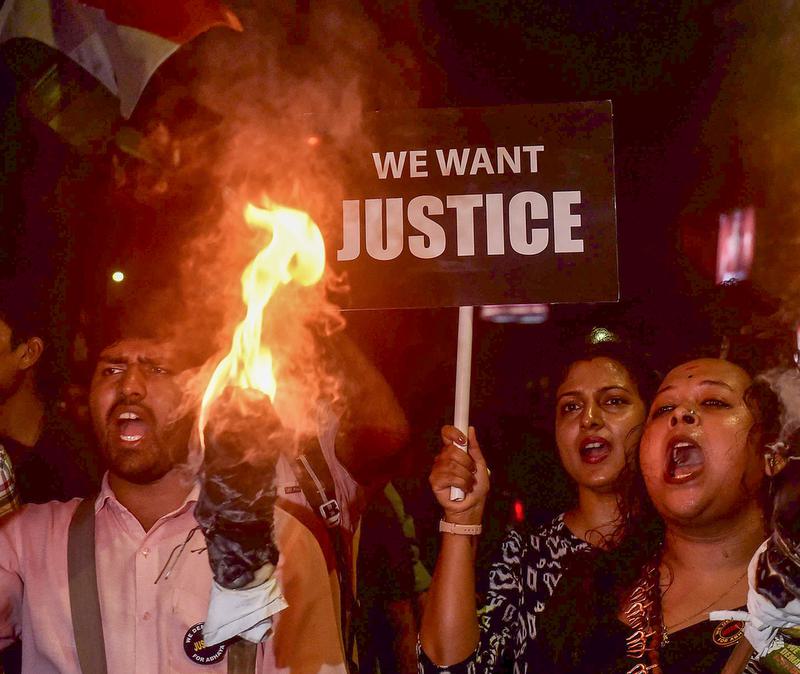'Rarest of Rare' Doctrine

- 22 Feb 2025
In News:
The application of the death penalty in India continues to evoke debate, particularly in light of contrasting verdicts such as those in the 2024 R.G. Kar Medical College case and the Sharon Raj murder case. These cases highlighted the inconsistent application of the 'rarest of rare' doctrine, a judicial principle guiding capital punishment in the country.
Evolution of the 'Rarest of Rare' Doctrine
The debate surrounding the constitutionality and application of the death penalty began with Jagmohan Singh vs. State of Uttar Pradesh (1972). The Supreme Court upheld the death penalty’s constitutionality under Article 21 (Right to Life), ruling that it did not violate Articles 14 (equality before law) or 19 (freedom of speech and expression), despite concerns over lack of sentencing guidelines.
A definitive framework emerged in Bachan Singh vs. State of Punjab (1980), where the apex court held that the death penalty should only be awarded in the 'rarest of rare' cases. However, the Court did not precisely define what constituted "rarest of rare," leaving the interpretation to judicial discretion.
To bring clarity, the Supreme Court in Machhi Singh vs. State of Punjab (1983) outlined five guiding criteria to determine such cases:
- Manner of the Crime – Exceptionally brutal, grotesque, or shocking to the community.
- Motive of the Crime – Exhibiting extreme depravity or sadistic intent.
- Socially Abhorrent Nature – Offenses targeting marginalized individuals or groups.
- Magnitude of Crime – Cases involving multiple murders or large-scale violence.
- Victim’s Vulnerability – When victims are children, women, elderly, or otherwise helpless.
Further, in Mithu vs. State of Punjab (1983), the Court struck down Section 303 of the IPC, which mandated the death penalty for life convicts committing murder. The judgment reaffirmed that capital punishment must remain discretionary, emphasizing judicial evaluation of aggravating and mitigating circumstances.
Case Studies: A Reflection of Judicial Discretion
- In the R.G. Kar Medical College case, a female medical trainee was raped and murdered. Despite the brutality, the court ruled that the case did not meet the threshold of 'rarest of rare' and awarded life imprisonment to the convict.
- Conversely, in the Sharon Raj case, a young man was poisoned by his partner in a premeditated act. The court termed it one of the 'rarest of rare' cases and awarded the death penalty, citing the calculated nature and moral depravity of the crime.
These differing verdicts underscore the subjective application of the doctrine, with considerable weight placed on judicial interpretation.
Contemporary Concerns and Legal Developments
While the doctrine aims to preserve the sanctity of life by making the death penalty an exception, its lack of statutory definition and variability in interpretation has invited criticism. In 2022, the Supreme Court referred the issue to a Constitution Bench to explore how sentencing procedures could better accommodate mitigating factors and ensure a "meaningful, real and effective" hearing before sentencing.
Conclusion
The 'rarest of rare' doctrine represents a critical balancing act between justice and retribution in India's legal system. Although it seeks to restrict capital punishment to the most egregious crimes, its ambiguous parameters and judicial discretion often lead to inconsistent outcomes. Going forward, a more standardized and transparent sentencing framework could strengthen judicial credibility and uphold constitutional morality.
